Space is one of the most hostile environments imaginable. With extreme temperatures, intense radiation, and no air to breathe, it seems impossible for any living thing to survive there. Yet, amazingly, some organisms have shown the ability to endure these harsh conditions, at least for a short time. From microscopic animals to resilient bacteria, these space survivors challenge our understanding of life’s limits. Their remarkable abilities raise intriguing questions about the possibility of life on other planets.
Tardigrades

Tardigrades, also known as water bears, are microscopic animals famous for their extraordinary toughness. These tiny creatures can survive extreme conditions, including the vacuum of space. In 2007, thousands of tardigrades were exposed to open space for 10 days. Many survived and even produced viable offspring after returning to Earth. Their ability to enter a state of cryptobiosis, where they expel almost all water from their bodies and lower their metabolism to near zero, allows them to withstand the harsh space environment.
Bacillus Subtilis
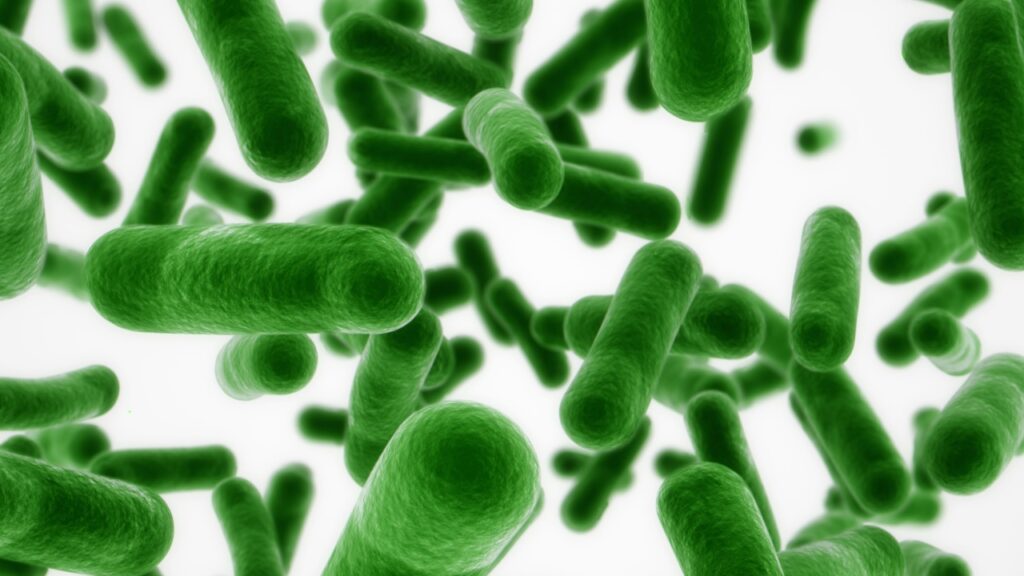
Bacillus subtilis is a type of bacteria commonly found in soil. These hardy microorganisms have shown remarkable resistance to the conditions of outer space. In various experiments, including long-term exposure on the outside of the International Space Station, many B. subtilis spores have survived. Their tough outer coating and ability to form spores protect them from radiation and the vacuum of space.
Deinococcus Radiodurans
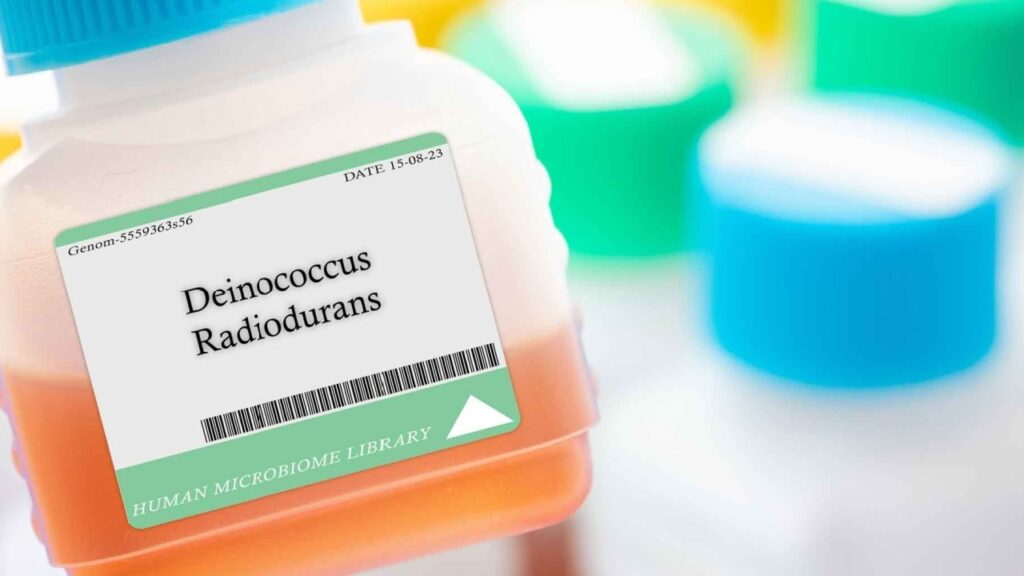
Nicknamed “Conan the Bacterium,” Deinococcus radiodurans is one of the most radiation-resistant organisms known. This bacterium can withstand extreme doses of radiation, cold, dehydration, and acid. In space experiments, D. radiodurans survived the harsh conditions of low Earth orbit for several years. Its ability to repair its own DNA quickly after damage makes it uniquely suited to survive in space.
Caenorhabditis Elegans
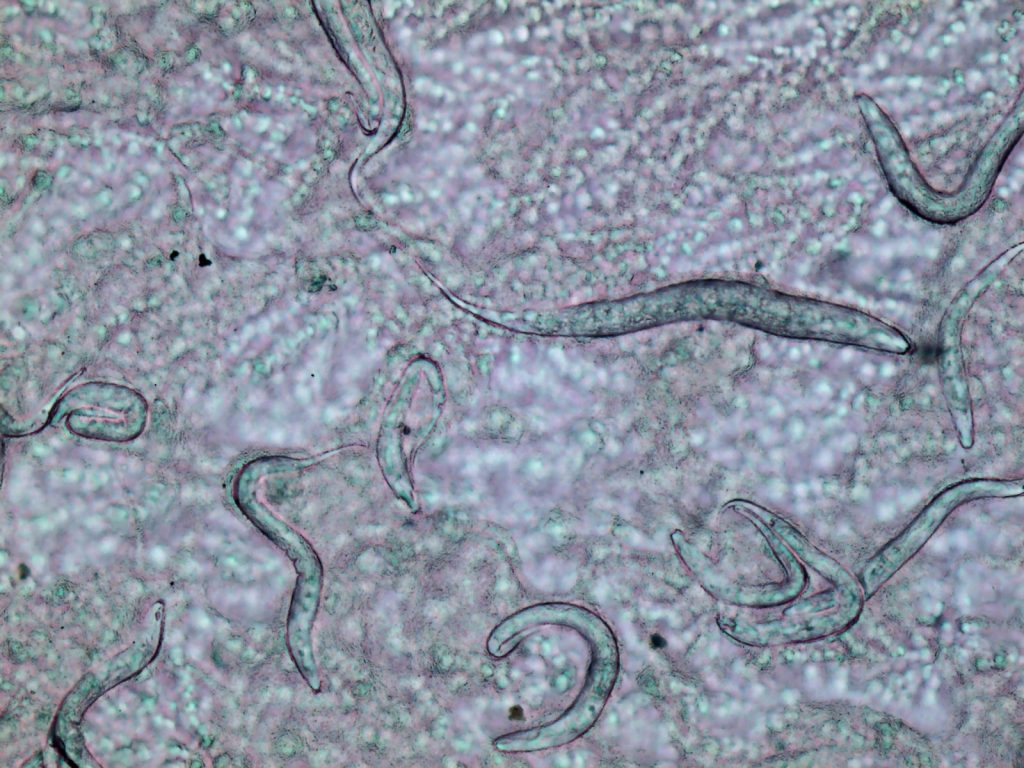
Caenorhabditis elegans is a tiny roundworm often used in scientific research. These worms have shown surprising resilience in space conditions. In 2003, when the Space Shuttle Columbia disintegrated upon reentry, containers of C. elegans were recovered alive from the wreckage. They had survived not only the space environment but also the intense heat and impact of the crash.
Lichens

Lichens, which are symbiotic partnerships between fungi and algae, have demonstrated an unexpected ability to survive in space. In an experiment on the International Space Station, two species of lichen survived 18 months in open space. After returning to Earth, they showed minimal damage and were able to continue growing. Their resilience is thought to be due to their ability to enter a dormant state and their protective outer layer.
Arabidopsis Seeds

Arabidopsis thaliana, a small flowering plant related to cabbage and mustard, has seeds that can survive in space. In an experiment, these seeds were exposed to space conditions for 558 days. Upon return to Earth, about 60% of the seeds were still able to germinate. This resilience suggests that plant seeds could potentially travel through space, supporting theories about the distribution of life throughout the universe.
Oryzias Latipes Eggs
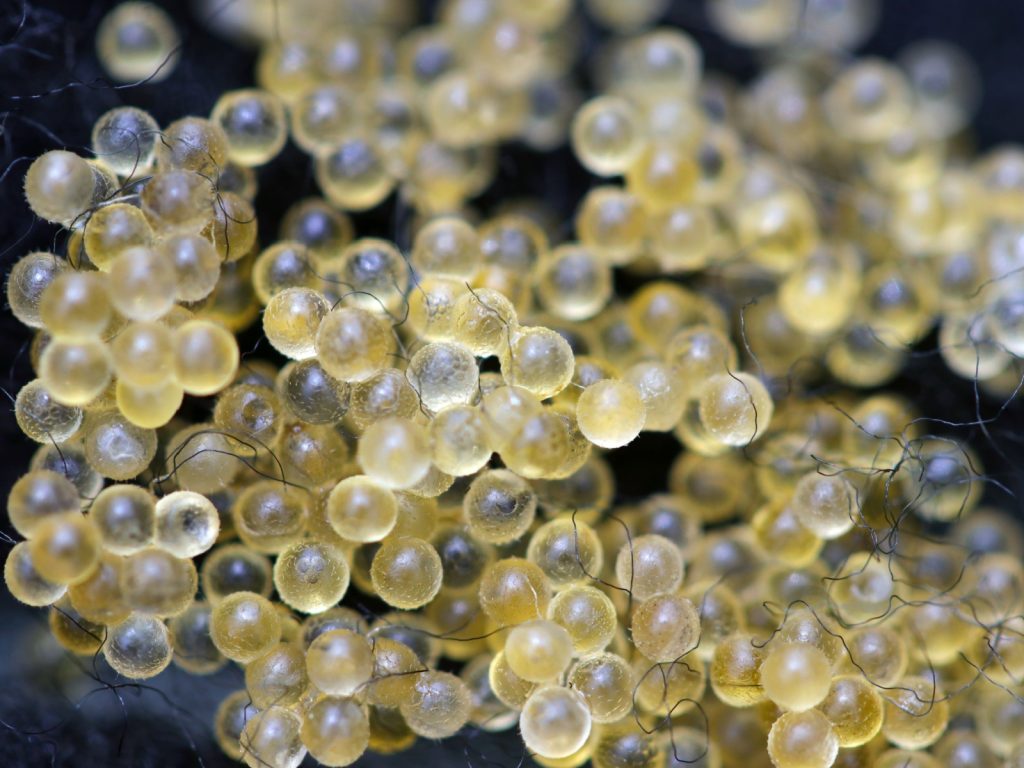
Oryzias latipes, also known as Japanese rice fish or medaka, have eggs that can withstand space conditions. In an experiment aboard the International Space Station, fertilized medaka eggs were exposed to microgravity. Not only did many of the eggs hatch, but the resulting fish also developed normally. This suggests that some aquatic life forms might be capable of reproducing in space environments.
Planococcus Bacteria

Planococcus bacteria, typically found in soil and marine environments, have shown impressive space-surviving abilities. In an experiment where they were placed on the exterior of the International Space Station, many Planococcus bacteria survived for 18 months. Their survival is attributed to their ability to form biofilms and spores, which protect them from radiation and the vacuum of space.
Nematodes
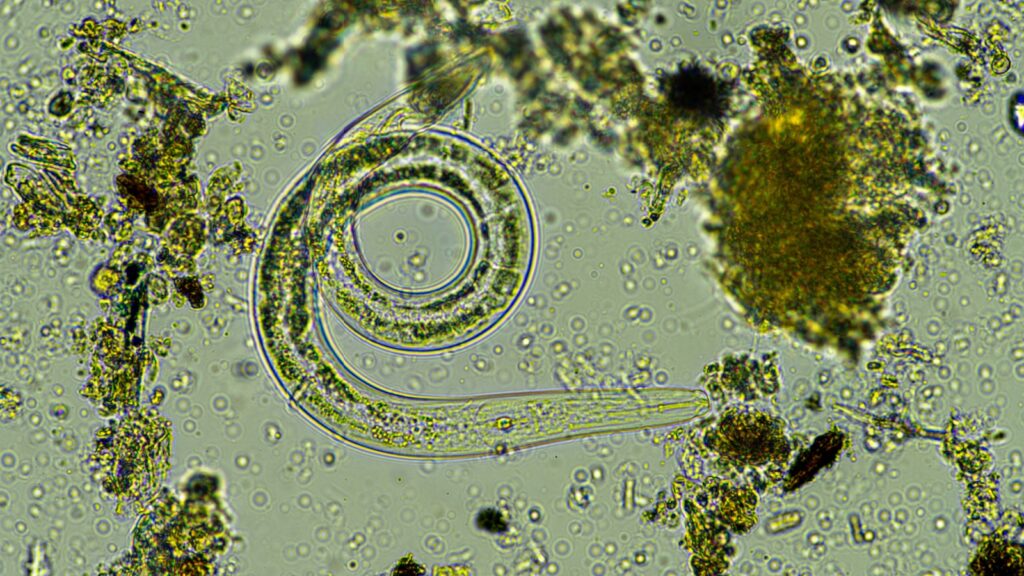
Nematodes, or roundworms, are another group of organisms that have demonstrated space-surviving capabilities. In the same Columbia space shuttle accident that C. elegans survived, other species of nematodes also lived through the crash. Their ability to enter a dormant state called dauer helps them survive extreme conditions, including those found in space.
Haloarcula Marismortui
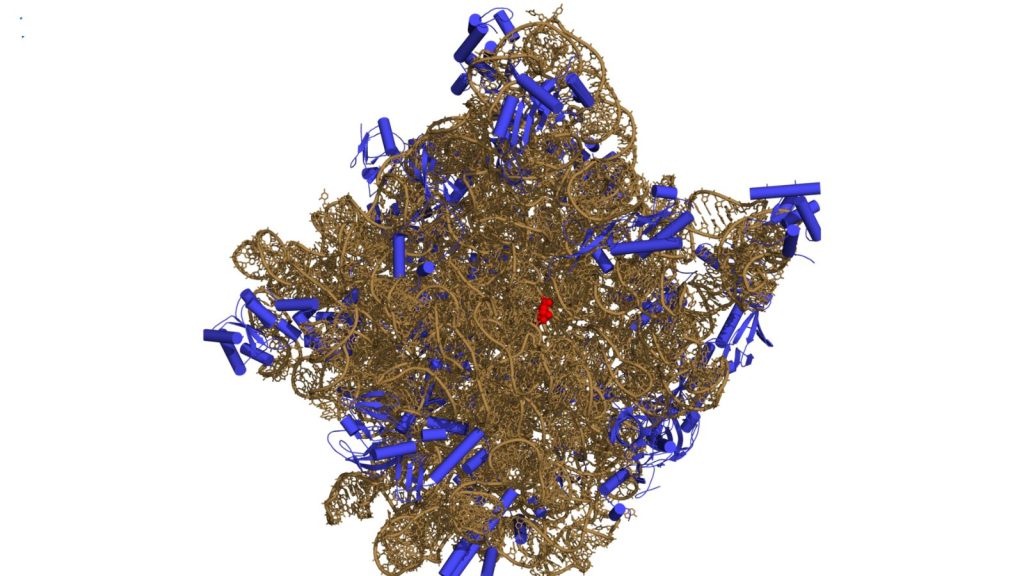
Haloarcula marismortui is an extremophile archaeon originally isolated from the Dead Sea. These microorganisms are adapted to survive in extremely salty environments. In space experiments, H. marismortui has shown resistance to the vacuum and radiation of space. Their tough cell walls and unique adaptations to extreme environments on Earth seem to prepare them for the challenges of space.
Bacillus Pumilus

Bacillus pumilus is another species of bacteria that has demonstrated impressive space-surviving abilities. Spores of this bacteria have survived on the exterior of the International Space Station for up to 18 months. They showed high resistance to UV radiation, vacuum, and temperature fluctuations. This resilience makes them a subject of interest in studies of potential interplanetary transfer of life.



